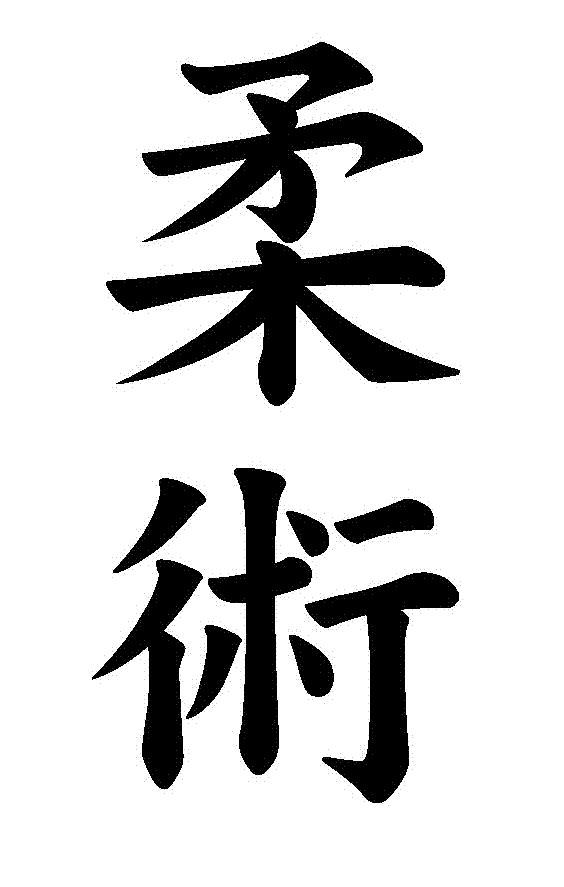Class consists of three main elements: warm ups and stretching; traditional techniques (skill building and rank test requirements); and techniques for practical self-defense (techniques taught in application).
To prevent injury and promote a base level of fitness required to easily execute the techniques in the curriculum, every class starts with a warm up. Warm up activities vary greatly, but typically involve basic body weight exercises (jumping jacks, pushups, crunches, squats) and kihon (striking drills). Anyone, of any fitness level, will be able to perform a majority of the warm up activities. Students are encouraged to pace themselves, to do as much as they can in any given class session, and to push themselves to improve; any student that works to failure has had a successful class, regardless of whether or not they were able to execute every repetition. After the warm up, the class moves into stretching. The basic stretching done every class improves flexibility, improves dexterity, reduces risk of injury and shortens the recovery period after exercise. The final part of warm up is break fall practice, which teaches students how to be thrown in class without injury. Then the class moves into practicing technique.
The remaining class time is split between different techniques. A portion of every class is devoted to the main curriculum, techniques taught within the tradition, by rank, and tested for promotions. Students get a clear set of expectations for skills required for rank testing, and those techniques build the base skill set of the art in a well-defined, intelligent progression. The movements, mechanics and skills within those activities make the backbone of the art.
In addition, many self-defense techniques and drills are covered that are not explicitly in the tested curriculum. These activities allow students to apply the skills learned in the curriculum in unfamiliar circumstances, teaching the adaptation and improvisation necessary for truly effective self-defense. These are often taught in direct application, and can be immediately useful for personal protection. Every night, all students (regardless of rank, size, athletic ability, or experience) work together on these applications, learning to adapt their techniques to different opponents, improving their ability to defend themselves.
Training is done in a traditional martial environment. Except for new students at the start of a semester, everyone wears traditional uniforms, consistent with the history of the art. This shows respect for the art and school, as well as the instructors who worked to create it.
